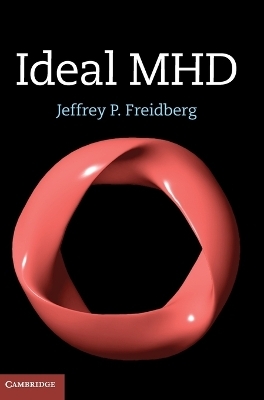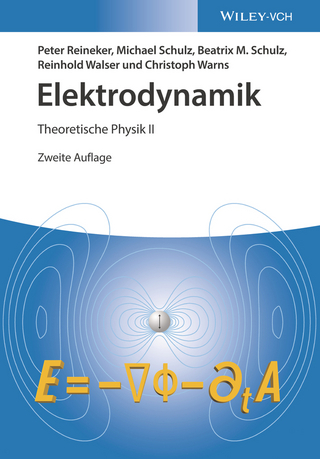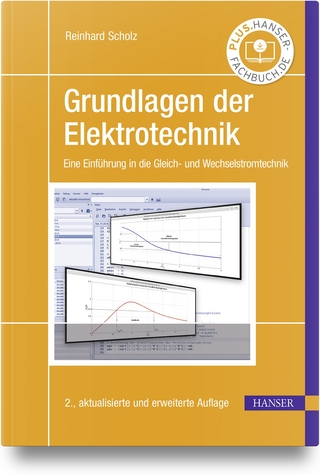
Ideal MHD
Cambridge University Press (Verlag)
978-1-107-00625-6 (ISBN)
Comprehensive, self-contained, and clearly written, this successor to Ideal Magnetohydrodynamics (1987) describes the macroscopic equilibrium and stability of high temperature plasmas - the basic fuel for the development of fusion power. Now fully updated, this book discusses the underlying physical assumptions for three basic MHD models: ideal, kinetic, and double-adiabatic MHD. Included are detailed analyses of MHD equilibrium and stability, with a particular focus on three key configurations at the cutting-edge of fusion research: the tokamak, stellarator, and reversed field pinch. Other new topics include continuum damping, MHD stability comparison theorems, neoclassical transport in stellarators, and how quasi-omnigeneity, quasi-symmetry, and quasi-isodynamic constraints impact the design of optimized stellarators. Including full derivations of almost every important result, in-depth physical explanations throughout, and a large number of problem sets to help master the material, this is an exceptional resource for graduate students and researchers in plasma and fusion physics.
Jeffrey Freidberg is KEPCO Professor Emeritus of Nuclear Science and Engineering at Massachusetts Institute of Technology and a former Associate Director of MIT's Plasma Science and Fusion Center. He is a Fellow of the APS and the AAAS, and the author of Plasma Physics and Fusion Energy (Cambridge University Press, 2007).
1. Introduction; 2. The ideal MHD model; 3. General properties of ideal MHD; 5. Equilibrium: one-dimensional configurations; 6. Equilibrium: two-dimensional configurations; 7. Equilibrium: three-dimensional configurations; 8. Stability: general considerations; 9. Alternate MHD models; 10. MHD stability comparison theorems; 11. Stability: one-dimensional configurations; 12. Stability: multi-dimensional configurations; Appendix A. Heuristic derivation of the kinetic equation; Appendix B. The Braginskii transport coefficients; Appendix C. Time derivatives in moving plasmas; Appendix D. The curvature vector; Appendix E. Overlap limit of the high b and Greene–Johnson stellarator models; Appendix F. General form for q(y); Appendix G. Natural boundary conditions; Appendix H. Upper and lower bounds on dQKIN.
| Erscheint lt. Verlag | 26.6.2014 |
|---|---|
| Zusatzinfo | 2 Halftones, unspecified; 190 Line drawings, unspecified |
| Verlagsort | Cambridge |
| Sprache | englisch |
| Maße | 173 x 252 mm |
| Gewicht | 1610 g |
| Themenwelt | Naturwissenschaften ► Physik / Astronomie ► Elektrodynamik |
| Naturwissenschaften ► Physik / Astronomie ► Plasmaphysik | |
| Naturwissenschaften ► Physik / Astronomie ► Strömungsmechanik | |
| ISBN-10 | 1-107-00625-2 / 1107006252 |
| ISBN-13 | 978-1-107-00625-6 / 9781107006256 |
| Zustand | Neuware |
| Informationen gemäß Produktsicherheitsverordnung (GPSR) | |
| Haben Sie eine Frage zum Produkt? |
aus dem Bereich


